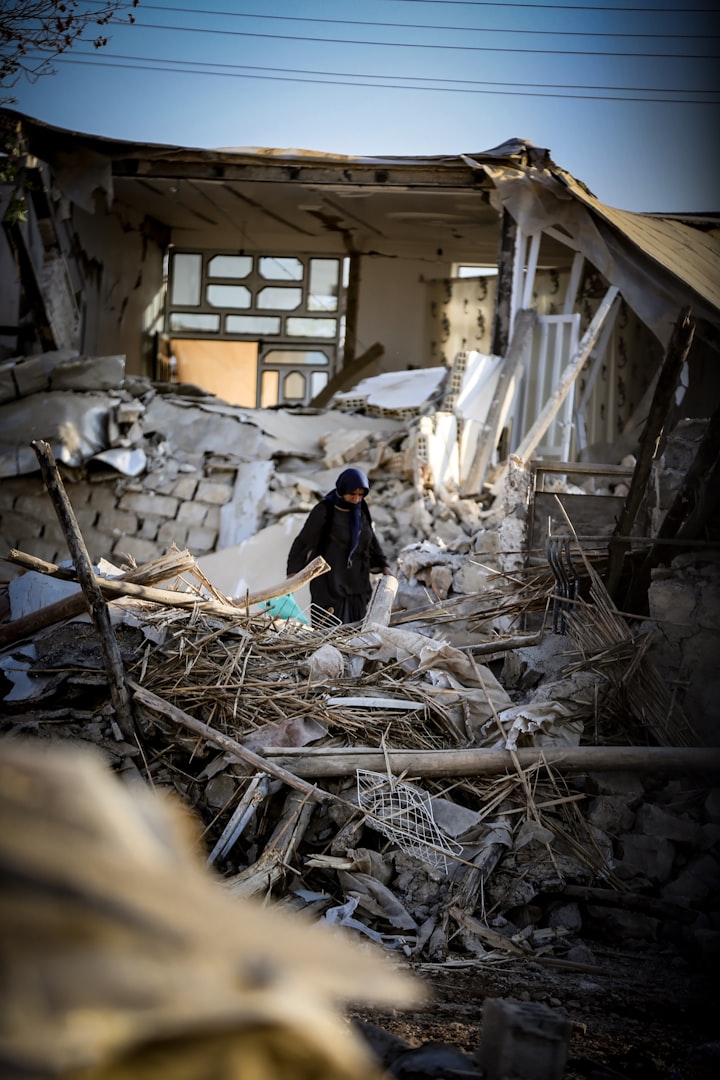
about
Introduction about earthquake
An earthquake is a natural phenomenon that occurs when two blocks of the earth's crust suddenly move past each other, releasing energy in the form of seismic waves. This sudden release of energy causes the ground to shake or vibrate, which can result in damage to buildings, roads, and other structures, as well as cause loss of life.
Earthquakes can occur anywhere in the world, but they are more common in certain areas, such as along fault lines or where tectonic plates meet. The intensity of an earthquake is measured on the Richter scale, which ranges from 1 to 10, with higher numbers indicating greater intensity.
Earthquakes can have a significant impact on communities and the environment. They can trigger landslides, tsunamis, and other natural disasters, and can cause disruption to critical infrastructure such as power lines, water supplies, and transportation networks.
Understanding earthquake risks and taking appropriate measures to increase earthquake safety can help minimize the risks and impacts associated with these events.
natural disasters, specifically earthquakes, and how to introduce them to children.
An earthquake is a sudden shaking or vibration of the ground caused by the movement of tectonic plates. These plates are constantly moving and shifting, and when they collide or rub against each other, energy is released in the form of seismic waves, causing an earthquake.
Introducing the topic of earthquakes to kids can be done in a way that is age-appropriate and not too scary. It's important to explain what an earthquake is and what causes it, and then discuss some safety tips for what to do during an earthquake.
Some safety tips to teach kids during an earthquake include:
Drop, cover, and hold on: If an earthquake occurs, drop to the ground, take cover under a sturdy piece of furniture, and hold on until the shaking stops.
Stay away from windows: During an earthquake, windows can shatter and cause injuries. Stay away from windows and find a safe place to take cover.
Have a family emergency plan: Talk to your family about what to do in case of an earthquake. Have a plan for where to meet up after the earthquake, and make sure everyone knows what to do.
Overall, it's important to teach kids about earthquakes in a way that is informative and not overly scary. By discussing safety tips and having a plan in place, kids can feel more prepared in case of an earthquake.
Earthquake safety tips:
Earthquake safety refers to measures taken to minimize the risks and hazards associated with earthquakes. Here are some important steps you can take to increase your earthquake safety:
Identify the safe spots: Identify safe areas in your home or workplace, such as under sturdy furniture or against an interior wall. Stay away from windows, heavy furniture, and tall shelves that can topple over.
Secure loose objects: Secure loose objects, such as bookcases, cabinets, and TVs, to prevent them from falling over during an earthquake. Use brackets, straps, or anchors to secure these items to the wall or floor.
Prepare an emergency kit: Prepare an emergency kit that includes food, water, first aid supplies, and other essential items. Keep this kit in a place where it can be easily accessed in case of an earthquake.
Plan for evacuation: Plan for evacuation in case of an earthquake. Identify evacuation routes and practice earthquake drills with your family or coworkers.
Stay informed: Stay informed about earthquake risks and hazards in your area. Listen to local news and follow instructions from emergency services.
Check your building: If you live in a high-risk earthquake area, get your building inspected by a professional to ensure that it meets earthquake safety standards.
Stay calm: During an earthquake, stay calm and take cover in a safe spot until the shaking stops. If you are outdoors, move to a clear area away from buildings, power lines, and trees.
By taking these steps, you can help minimize the risks and hazards associated with earthquakes and increase your safety during these events.






Comments (1)
Ipo tha nalla read panna nalla irukku bro